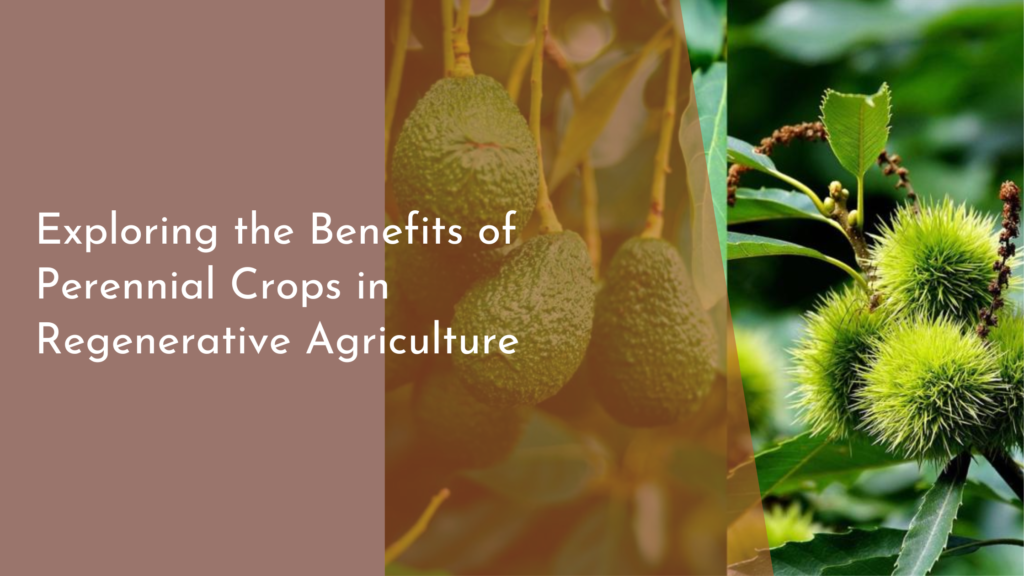Companion Planting: Strategies for Successful Crops
Gardening is not just about planting seeds and hoping for the best; it’s about creating a thriving ecosystem where plants can support and nurture one another. This is where companion planting comes into play. By pairing specific plants together, gardeners can enhance growth, flavor, and even pest resistance. Whether you’re a seasoned gardener or just starting your green journey, discovering the joys of companion planting can transform your garden into a lush paradise filled with healthy and flavorful crops.
In this article, we’ll explore effective strategies for companion planting, highlight some of the best plant pairings, discuss how to combat pests naturally, and provide tips to maximize your harvest. Get ready to dig deeper into the world of companion planting and unlock the full potential of your garden!
Discover the Joy of Companion Planting for Your Garden
Companion planting is an age-old gardening technique where different plants are grown together for mutual benefits. This practice leverages the natural relationships between plants to enhance growth, improve flavor, and deter pests. The joy of companion planting lies in understanding how plants communicate and support each other. For instance, certain plants can provide shade, while others can fix nitrogen in the soil. This synergy creates a more sustainable gardening environment that can lead to bountiful harvests.
Furthermore, companion planting can bring not only advantages for the plants but also for the gardener! A diverse garden filled with a variety of plants is visually appealing and can attract beneficial insects like pollinators and predatory pests. By embracing companion planting, you not only promote a healthy garden ecosystem but also create a space that is a joy to work in. With the right pairings, you can watch your garden flourish in ways you never thought possible.
Top Plant Pairings to Boost Growth and Flavor
Some of the best companion plant pairings are based on their unique characteristics that enhance growth and flavor. For example, planting tomatoes alongside basil is a classic pairing that not only improves the flavor of the tomatoes but also helps repel pests that commonly affect them. Similarly, carrots and onions can be planted together, as the onion’s strong scent helps deter carrot flies, while the carrots benefit from the onions’ growth.
In addition to these well-known pairings, experimenting with lesser-known combinations can yield delightful surprises. For instance, marigolds are excellent companions for almost any vegetable garden. Their vibrant flowers not only attract pollinators but also deter nematodes and other harmful insects. By exploring various plant pairings, gardeners can discover new flavors and increase the overall yield of their crops, making every meal a celebration of homegrown goodness.
Enhance Pest Control with Strategic Plant Companions
One of the most significant benefits of companion planting is its ability to enhance pest control without relying on synthetic pesticides. Certain plants have natural properties that deter pests, making them invaluable companions. For example, planting garlic among roses can repel aphids, while the strong scent of mint can ward off cabbage moths when planted near cabbage family crops. By choosing the right companions, you can create a garden that actively resists pest pressure.
In addition to repelling harmful pests, companion planting can also attract beneficial insects that prey on garden pests. For example, planting dill or fennel can attract ladybugs and lacewings, which are natural predators of aphids and other damaging insects. This natural pest control strategy not only reduces the need for chemical interventions but also fosters a balanced ecosystem in your garden. By understanding the relationships between plants and pests, you can cultivate a healthy, thriving garden.
Maximize Your Harvest: Tips for Successful Companion Crops
To truly maximize your harvest through companion planting, it’s essential to plan your garden layout strategically. Consider factors such as plant height, root depth, and nutrient requirements when pairing crops. Taller plants can provide shade for shorter ones, while deep-rooted crops can help aerate the soil and access nutrients unavailable to shallow-rooted plants. For example, growing corn alongside beans and squash, known as the "Three Sisters," allows for efficient use of space and resources.
Additionally, proper timing and crop rotation can play a significant role in achieving success with companion planting. Be mindful of planting schedules and seasonal changes, as well as the specific needs of each plant. Keeping detailed records of your plant pairings and their performance can help you refine your strategies each growing season. With patience and experimentation, you can unlock the potential of companion planting and enjoy a plentiful harvest year after year.
Companion planting is a delightful and rewarding approach to gardening that encourages collaboration between plants for mutual benefits. By discovering the joy of plant pairings, enhancing pest control, and maximizing your harvest, you can create a flourishing garden that brings both beauty and sustenance. As you embark on your companion planting journey, remember that every garden is unique. Take the time to observe, experiment, and enjoy the process of nurturing your plants and watching them thrive together. Happy gardening!


